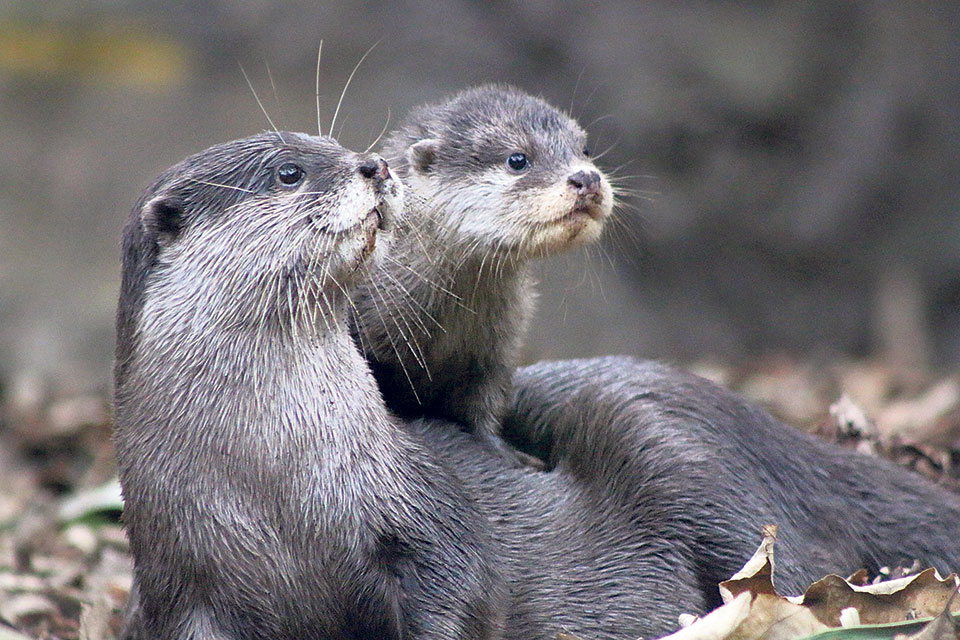
How many of us are familiar with this creature? Not much of us. Might be for their nocturnal nature or lack of small mammals’ conservation paralleled to general conservation measures for mega fauna. Whatever be the reason, it is important for us to know about this adorable creature and the plight faced by it before it’s too late.
Otters, commonly known as ‘Oat’ in Nepali, are semi aquatic mammals that are found in freshwater and marine habitats. They also function as an effective indicator of water quality. A total of five species of otter are known to inhabit in Asia. Nepal is home to three of them-Eurasian otter, Smooth-coated otter and Asian small-clawed otter.
Eurasian otter, Lutra lutra is listed globally and nationally as Near Threatened on the IUCN Red List of Threatened Species. Smooth-coated otter, Lutrogale Perspicillata as well as Asian Small-clawed otter, Aonyx Cinereus are listed as ‘Vulnerable’. Smooth-coated otter is listed under ‘Endangered’ and Asian Small-clawed otter under ‘Data deficient’. The otter population in Nepal is severely threatened by increasing human disturbances– overfishing, poisoning, industrial pollution, reduction in prey biomass, grazing, sand and boulder extraction and construction of large hydroelectric dams in preferred areas.
Despite their threatened nature, no national survey has been carried out and few preliminary studies conducted are mostly centered to donor’s interest neglecting numerous prime habitats under continuous threats. Most of the distributional records are based on key informant interviews and hence results end up without conclusion, consequently no concrete database exists. Moreover, least attention from scientific communities as well as general public for them aided by the difficulties in identifying otters to species in the wild has contributed to uncertainty of their exact distributions and reliable estimates.
In Asia where otters are fronting an array of threats resulting its decline, their population in Nepal can’t be considered secure. Though all three species are considered high priorities for conservation investment, the Aquatic Life Protection Act 1961 makes provisions for the legal protection of two other species i.e. Eurasian Otter and Smooth-coated otter. Otters within protected areas are protected under the National Parks and Wildlife Conservation Act, 2029. Over the years the IUCN/SSC Otter Specialist Group has developed network of conservationist across Asia to work for otter-conservation by promoting otters’ as wetland ambassadors. However, intensive efforts to conserve this species are needed.
Field-surveys for base-line data collection with camera trapping can serve for the future conservation and management needs. High resolution camera-trapping is only likely to produce somewhat limited, though important, information on otter availability and allow some wide-ranging inferences as to likely conservation status. For the long term species survival, species action plan formulation, research on factors affecting its occurrence and survival, better assessment of the conservation status involving otter-spraint collection and DNA analysis for species and individual identification; in addition to visual identification to validate and extension of communication and awareness raising activities where required.


Leave A Comment